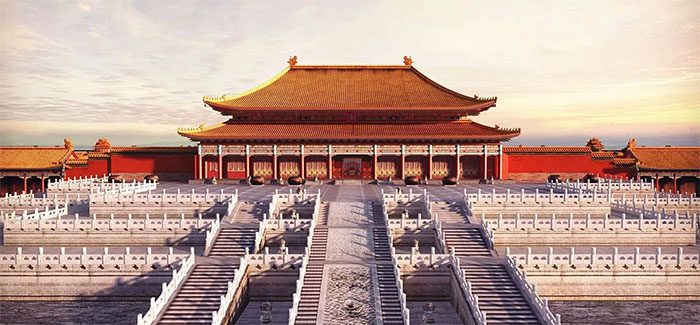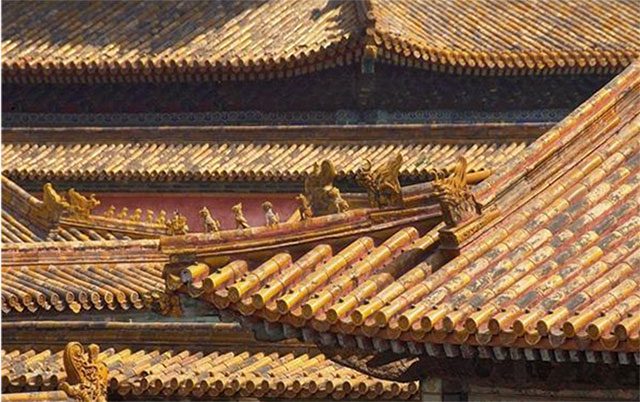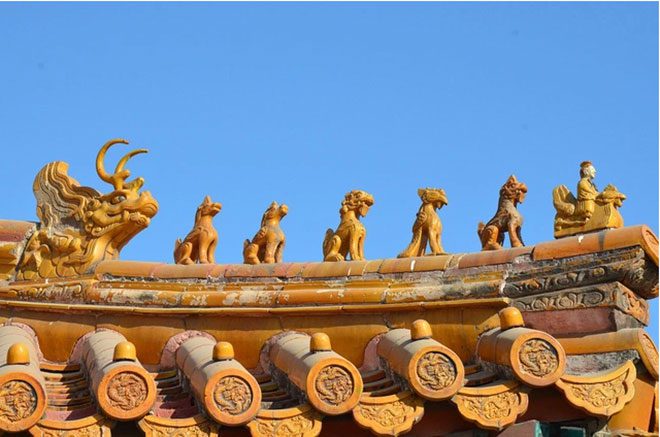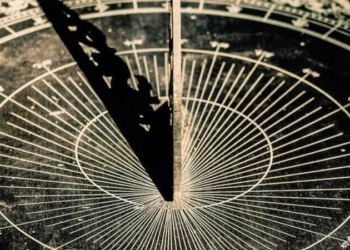To keep the roofs of the palaces in the Forbidden City clean and free from bird droppings, ancient people devised a clever method.
The Forbidden City in Beijing is a magnificent palace that holds the historical legacy of China over the centuries. It is currently used as the most famous tourist attraction in China (Palace Museum).

The Forbidden City has existed for over 600 years but remains as splendid as ever. (Photo: Sohu).
The Forbidden City was built during the Ming Dynasty and completed after 13 years. After more than 600 years, it still retains its majestic and timeless beauty.
The Forbidden City spans an area of 720,000 m2 with 800 large and small palaces. Clearly, the Forbidden City is an immense structure with many fascinating attractions. There are numerous legends associated with it, one of which is that despite being over 600 years old, the roofs of the rooms and palaces are free of bird droppings and weeds. What is the reason behind this?
Many scientists and architects have participated in researching this topic. The results of their research were published in the “Chinese Journal of Science and Technology”. Accordingly, there are three main reasons why birds are unable to dirty the roofs of the Forbidden City.
Color of the Roofs

From above, the roofs of the palaces have a beautiful yellow color. (Photo: Sohu).
The roofs of the palaces in the Forbidden City are all yellow. According to ancient beliefs, yellow glazed tiles and red walls symbolize royalty.
However, this yellow color makes birds dazzled and reduces their ability to observe. As a result, they do not swoop down onto the roofs.
Special Tile Material

The glazed tiles are arranged in a way that prevents birds from perching for too long. (Photo: Sohu).
According to the staff at the Palace Museum, the use of glazed tiles also helps to prevent birds from roosting on the roofs. Glazed tiles often reflect light when sunlight hits them, causing birds to feel uncomfortable and reluctant to approach.
The process of firing these tiles is very complex, including selecting materials, designing, molding, and bisque firing. With 36 steps in total, the finished tiles are very smooth.
In fact, there is a type of architecture in China known as “Crown of the Unperched Birds”, meaning that birds cannot perch on the top. This design mainly focuses on the slope and width of each tile, which is larger than the distance between the toes of all bird species, preventing them from perching for too long or nesting.
This construction style is very effective in limiting birds from roosting and defecating on the roofs.
Similarly, if a seed falls onto the roof of the Forbidden City, it will quickly roll off due to the tiles or be washed away by heavy rain. Therefore, there is no opportunity for them to sprout and grow.
Regular Cleaning

Regular cleaning and maintenance of the roofs in the Forbidden City are carried out. (Photo: Sohu).
During the feudal era, there was a special department responsible for the construction and repair of the palaces. They were skilled craftsmen selected from all over the country.
This group of craftsmen would restore the Forbidden City every three years, and after five years, they would replace the eaves and beams in large structures.
Additionally, they also had to regularly clean the palaces and areas within the royal compound. Today, the staff of the Palace Museum still routinely clean the roofs of the palaces and buildings. As a result, the roofs of the palaces in the Forbidden City remain clean and beautiful.





















































